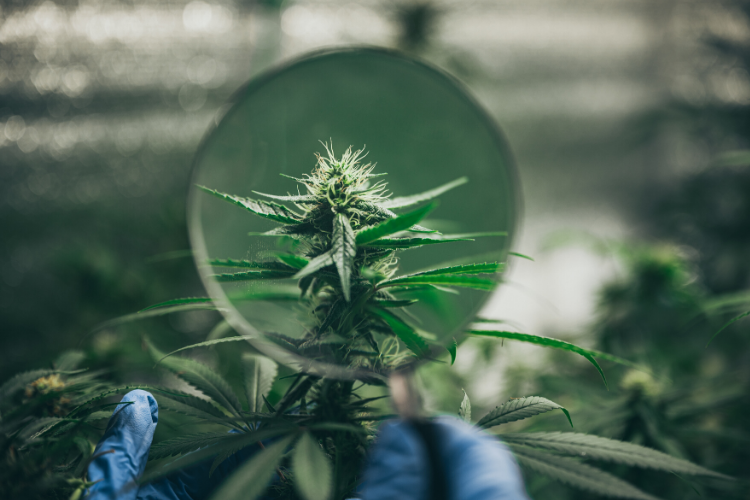Can cannabis cure diabetes? A growing body of research suggests that certain cannabinoids are promising. Italian researchers take that even further. In recent years, scientists have discovered that various cannabinoids have a positive effect on diabetes. The rare component CBM also appears to be able to do this, according to new research.
This information comes from the Institute of Biomolecular Chemistry in Italy and has already been published in the journal Molecules. The researchers found that cannabimovon (CBM), a rare cannabinoid, makes cells sensitive to insulin again. Because of this, CBM joins other cannabinoids such as CBD, THC, THCV and THCA as a potential drug for diabetes.
Before we continue, a short explanation follows about insulin resistance and diabetes.
Insulin resistance and diabetes
A lot of the food you eat is converted by the body into glucose. This is also called “blood sugar”. Glucose is a fuel that immediately provides energy. Brains use a lot of glucose, but also muscles and all kinds of body processes.
The substance that distributes glucose throughout your body is called “insulin”. This hormone ensures that the glucose fuel ends up where it is needed. And if you have too much glucose in your blood and your blood sugar spikes, insulin acts to stabilize it.
This insulin mechanism is broken in diabetes. The body does not make enough insulin (type 1 diabetes) or has become resistant to its action (type 2). As a result, far too much sugar enters the blood. Left untreated, diabetes can lead to heart disease, stroke and blindness, among other things.
In addition to a specific diet, diabetic patients inject insulin daily to maintain their blood sugar levels.
Cannabis and lower insulin resistance
Despite the known effect of marijuana to stimulate appetite, studies and surveys show that frequent cannabis consumers generally have a lower body mass index (BMI). They also often have smaller waistlines than people who do not use cannabis.
Various studies also link the use of cannabis to a lower insulin resistance. In fact, some studies have been done into the how and why. This shows that various cannabinoids positively influence diabetes.
THCA, THC and CBD for example. These constituents in cannabis prove promising in increasing insulin sensitivity and lowering blood sugar. They do this by activating a specific receptor called PPARɣ. Cannabimovone, the constituent examined by the Italian researchers, may be even more effective in PPARɣ activation.
More about PPARɣ in a moment. First let’s see what cannabimovone is.
What is cannabimovone (CBM)?
Cannabimovone (CBM) is a rare cannabinoid that was first isolated from Italian hemp in 2010. The cananbinoid is similar to CBD and is therefore also referred to as “the niece of”.
Although CBM often occurs in very low concentrations and by no means in all cannabis strains, researchers were able to synthesize the molecule. In recent years, the ingredient has increasingly appeared in studies. This is because of alleged health benefits. Despite this, CBM is still much less studied than better-known cannabinoids such as CBD and THC.
In recent years, CBM has increasingly appeared in studies. This is because of alleged health benefits.
The Italian researchers were specifically interested in the effects of THC and CBD on insulin sensitivity. In doing so, they wondered if there were other cannabinoids that can do the same. They searched their cannabinoid database using computer models. And so they tracked down CBM; this component fitted exactly into their model.
CBM and PPARɣ
PPARɣ receptors play a key role in regulating our fat and glucose metabolism. They are mainly in adipose tissue and increase insulin sensitivity in cells in a number of ways.
These receptors have been extensively studied in the development of drugs for type 2 diabetes. These have resulted in drugs for type 2 diabetes. The largest group of these drugs, called thiazolidinediones (TZD’s), makes cells sensitive to insulin again.
TZD’s can be effective and have a better treatment profile than other commonly used drugs. But unfortunately they have side effects such as an increased risk of heart attack and osteoporosis. This has reduced the use of TZD’s.
Researchers are diligently looking for drugs that restore insulin sensitivity in the same way, but without all kinds of side effects. CBM appears to be a hopeful path of research, but much research is still needed before this cannabis compound is available as a medicine. So, to be continued.

